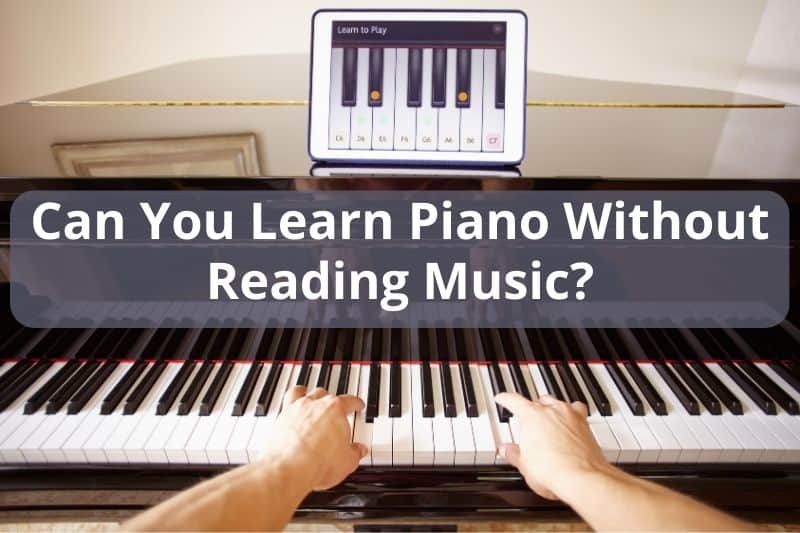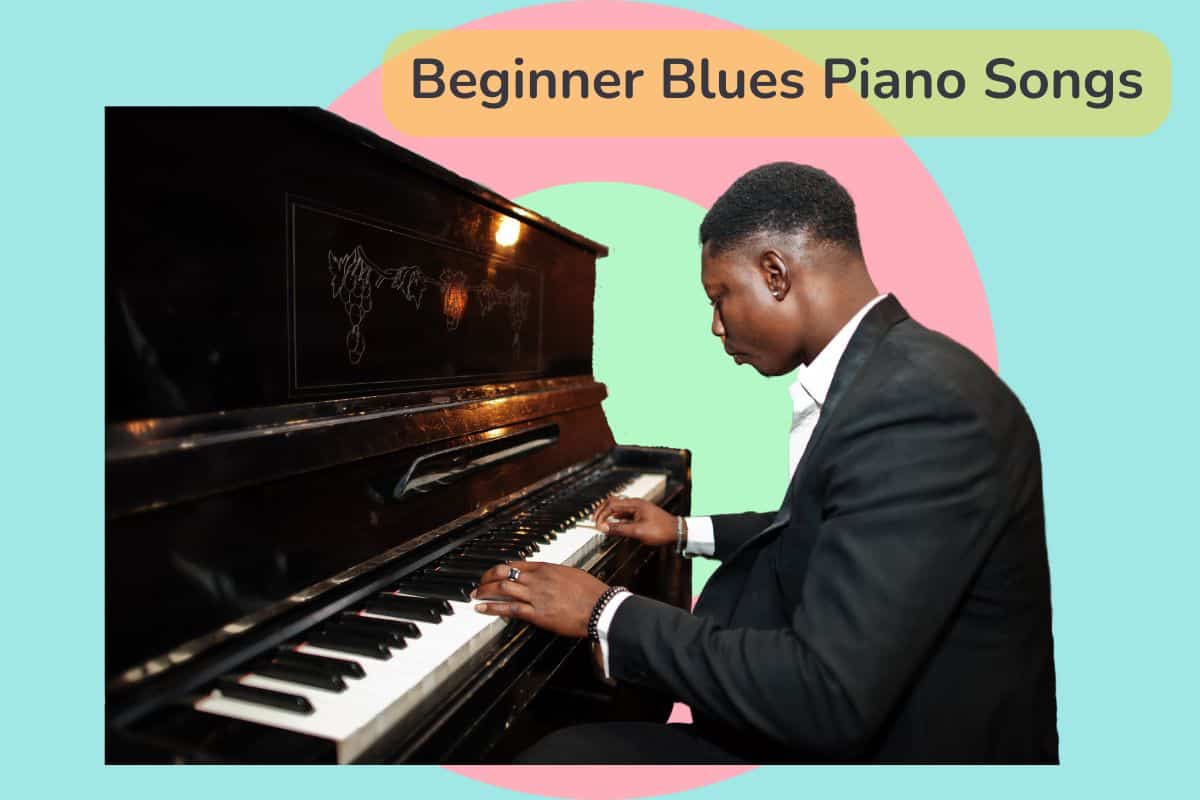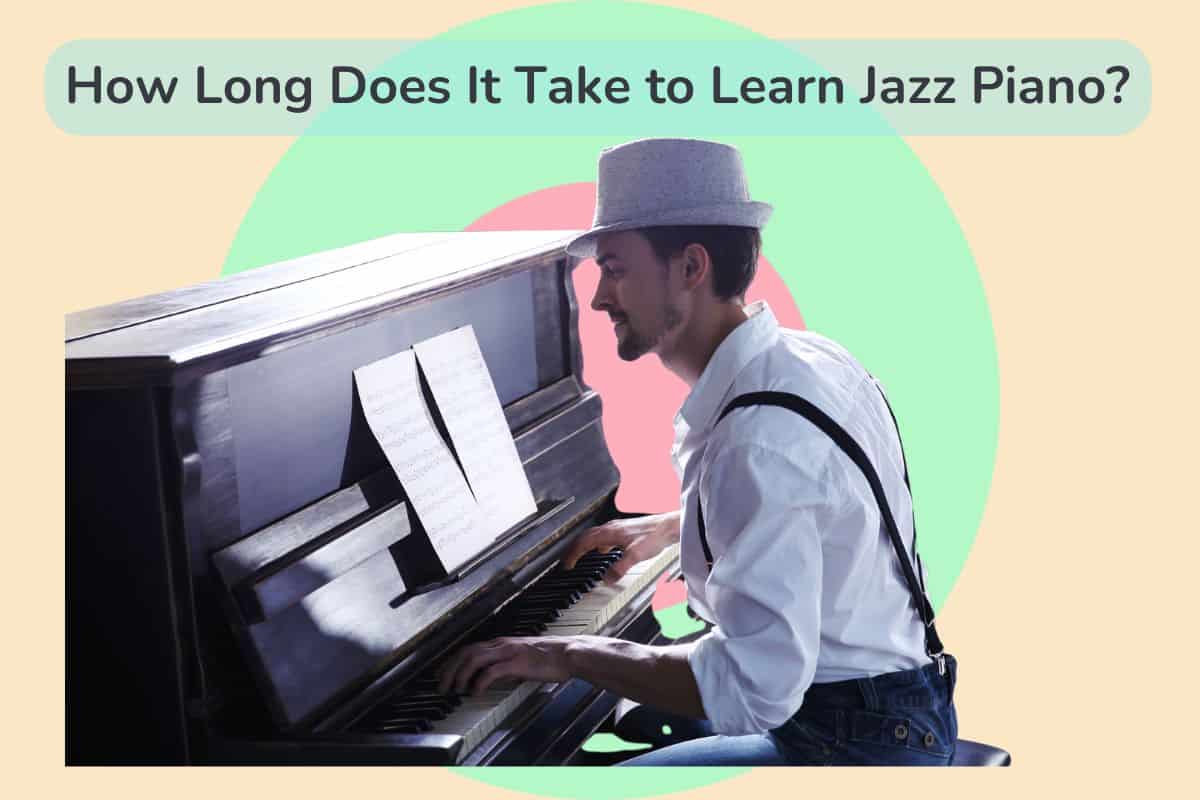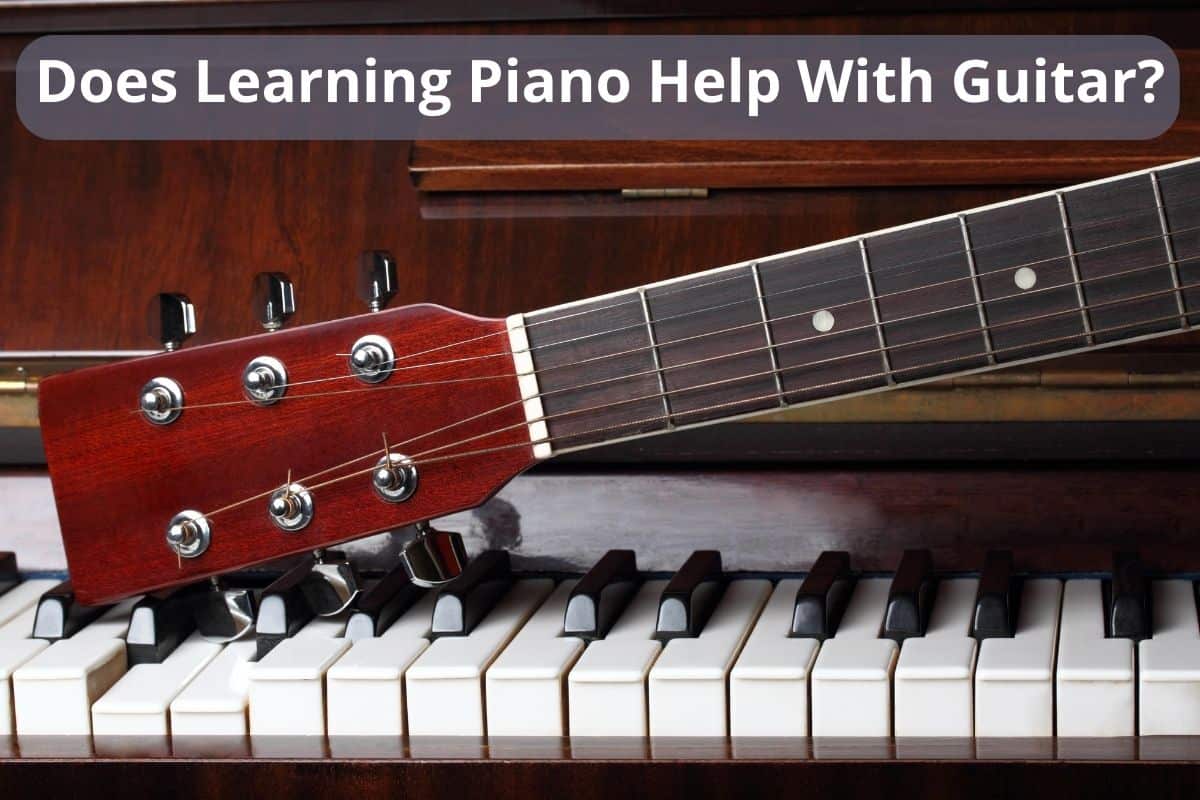Learning to play the piano is an incredibly rewarding journey, but what if the thought of reading sheet music feels too overwhelming? Many aspiring pianists wonder if it’s possible to master the instrument without the need to tackle those seemingly complicated scores. The good news? It is entirely possible to learn piano without reading music, although it comes with its own unique set of challenges and limitations.

By focusing on developing an ear for music and understanding chord progressions, you can learn to play piano without reading sheet music. This approach involves actively listening to your favorite songs and identifying patterns and intervals between notes. However, while this method may allow you to enjoy playing the piano, it’s essential to consider the potential drawbacks of not reading music. As you progress, you may find yourself unable to play more complex pieces or feel limited in your choice of songs.
Key Takeaways
- It is possible to learn how to play piano without reading music by developing an ear for patterns and intervals.
- Not reading music may limit your ability to play complex pieces and narrow your choice of songs.
- Learning to read music later in your journey can enhance your overall musicality and expand your repertoire.
Playing Piano Without Reading Music
It’s true! You can actually learn to play the piano without reading a single note of sheet music. By focusing on listening, memorizing patterns, and understanding chords, you can become an accomplished piano player.
In fact, sometimes, it can be really rewarding to learn a few tunes by ear first to help build up your confidence and enjoyment of the piano. After all, learning to read music can be like learning a different language and full of hurdles.
This is the approach that Lisa Witt and the team at Pianote take with their piano learning Method, where you build a solid foundation in playing before you even start to learn how to read piano music.
Famous Musicians Who Can’t Read Music
They say practice makes perfect, but sometimes talent defies all expectations. Several famous musicians have managed to reach the pinnacle of success without ever learning to read music. Check out these incredible artists who prove that playing piano by ear is a skill worth mastering:
- Paul McCartney: The Beatles legend himself admits that he never learned to read music. Despite this, McCartney has composed some of the most iconic and timeless songs in history.
- Hans Zimmer: One of the most renowned film composers, Hans Zimmer also managed to create unforgettable scores and melodies without ever learning to read sheet music.
- Stevie Wonder: Remarkably, Stevie Wonder has overcome visual impairment to become one of the most celebrated musicians of all time. Relying solely on his ears to learn and compose music, Stevie has created unforgettable melodies that have touched countless hearts.
- Ray Charles: Another legendary artist, Ray Charles, also had visual impairments but was able to compose, arrange, and perform unforgettable piano and vocals without ever reading music.
These musicians showcase the incredible power of the human ear in mastering music. While reading sheet music can be helpful, don’t let it stop you from pursuing your passion for playing the piano. Remember, there’s always more than one way to learn a new skill. Keep practicing, have fun, and let your creativity guide you!
The Importance of Reading Music
Traditional Piano Learning
Learning piano traditionally involves reading sheet music. This age-old method has been the primary basis of piano lessons for centuries. It enables a pianist to easily learn new songs, understand the complex details of each piece, and communicate with other musicians effectively. Following the notes, rhythms, and dynamics on sheet music allows for a greater understanding of the composer’s intentions and overall musical expression.
Reading music can be fun too! Once you’ve learned the basics, you’ll experience the thrill of being able to play any piece you come across simply by following the written music. Whether you’re a budding classical pianist or a casual player, reading music unlocks a world of possibilities for exploring a wide range of styles and genres.
Pros and Cons of Music Literacy
Pros:
- A strong foundation in music theory: Reading music teaches you the principles of musical language and notation, including pitch, tempo, rhythm, and harmony.
- Greater repertoire flexibility: Being able to read sheet music allows you to access and learn a wide variety of pieces from different composers, genres, and time periods.
- Enhanced communication with other musicians: Music literacy fosters a shared musical language that lets you collaborate effectively with other musicians in ensembles, bands, or orchestras.
- Faster learning experience: Reading music helps you learn new pieces more quickly, thanks to your ability to visually process and understand the written notation.
Cons:
- Steeper initial learning curve: Reading sheet music can seem challenging and time-consuming at first, but once you get the hang of it, it becomes a valuable skill.
- Potential narrows focus: Some musicians may become too focused on the technical aspects of reading music, neglecting the importance of developing their creative abilities and ear training.
It’s worth noting that learning to play piano by ear still has its benefits. There are successful musicians who can play without reading sheet music. However, understanding the importance of music literacy and incorporating it into your piano studies will open up a world of possibilities and enhance your overall musicianship.
Alternative Approaches to Learning Piano
Playing by Ear
One exciting way to learn without reading music is by playing by ear. This method involves listening to a song and trying to identify the patterns and intervals between the notes. By doing this, you can train your ears to recognize the relationship between notes and recreate them on the piano. This is a fun and engaging approach, perfect for those who enjoy a more hands-on learning experience.
Understanding Chords
Another effective approach to learning piano without sheet music is by understanding chords. Chords form the backbone of most songs and provide a solid foundation for playing piano. By learning the basic chords and their variations, you gain the ability to play a variety of songs without needing to read music. Mastering chords also encourages creative improvisation, allowing you to experiment with your own arrangements and develop your unique piano-playing style.
Using Visual Aids
Lastly, using visual aids can greatly assist in the learning process. Various tools and apps can help you visualize piano keys, chords, and note patterns. These visual guides make it easy to see which keys to press, eliminating the need for sheet music. Visual aids can be an invaluable resource, especially for beginners who may find traditional music notation daunting or confusing.
By exploring these alternative approaches to learning piano, you can discover a more enjoyable and intuitive way to play, all while sidestepping the need for reading music.
Developing Muscle Memory and Technique
Learning to play the piano without reading music involves focusing on developing muscle memory and mastering the right techniques. Let’s dive into a few essential practices to help you on this journey.
Practicing Patterns
One of the key aspects of playing piano without reading music is to recognize and practice patterns. Start by learning basic chords and chord progressions, as these form the foundation of most songs. As you become more confident, experiment with various arpeggios and broken chords to diversify your piano skills. By dedicating time to practicing patterns, you’ll build muscle memory that helps you navigate the keyboard quickly and smoothly.
Scales and Hand Positioning
Scales are crucial when it comes to mastering the piano. They not only improve finger strength and dexterity but also help you understand the relationships between notes. Start with the major and minor scales before moving on to more complex scales like blues and pentatonic. Remember, correct hand positioning is essential while playing scales – always maintain a curved hand shape as you glide along the keys.
By consistently practicing scales and focusing on proper hand positioning, you’ll enhance your ability to play by ear and effortlessly move between notes.
Remember, learning to play the piano without reading music may seem daunting at first, but developing muscle memory and mastering techniques like practicing patterns, scales, and hand positioning can lead to success. Dive in, have fun, and watch your piano skills flourish!
Enhancing Musicality
Learning to play the piano without reading sheet music offers the opportunity to enhance your overall musicality. By focusing on listening and improvisation, you can develop a deeper understanding of the music and improve your piano skills.
Improvisation Skills
Improvisation lies at the heart of many musical genres, such as jazz, rock, and blues. When you learn piano without sheet music, you’re naturally prone to experimentation. This freedom allows you to try out different combinations of notes and chords, helping you to discover new melodies and harmonies. As you build on your intuition and creativity, your ability to improvise will grow over time. This skill can make your piano-playing experience more enjoyable and versatile.
Listening and Emulating
Developing strong listening skills is crucial when learning piano without sheet music. By actively paying attention to the music you hear, you’ll gain insights into various patterns, rhythms, and intervals. Thus, your ear training will improve as you start to recognize and differentiate between diverse elements in music.
One technique to sharpen your listening skills is emulating songs and other musicians’ performances. This approach helps you to understand the structure of the melodies and harmonies, as well as to get a sense of the particular style and technique. By listening and emulating songs, you’ll gradually enrich your musical vocabulary, making it easier to adapt and play another piece of music with confidence and accuracy.
Resources for Non-Readers
Apps and Online Tutorials
For those eager to learn piano without diving into sheet music, there are various apps and online tutorials that can help. These resources focus on teaching piano through listening, visual cues, and pattern recognition. Some popular apps include Yousician and Simply Piano, both of which offer step-by-step lessons and interactive exercises for learners at different skill levels.
However, my personal favorite is Pianote, where Lisa will teach you the basics of piano playing and get you playing some great songs before you even look at any notes!
In addition, YouTube is a treasure trove of free tutorials by talented musicians who demonstrate how to play your favorite songs by ear or through simplified chord progressions.
Workshops and Community Groups
Another effective way to learn piano without reading music is by attending workshops and joining community groups where you can interact with other learners and experienced players. These gatherings often provide a supportive environment in which members exchange tips, practice playing songs together, and improve their listening skills.
To find workshop opportunities and community groups near you, try searching on websites like Meetup, or ask for recommendations at local music schools and instrument shops. Furthermore, some music organizations and schools offer specialized non-reading piano courses, which can be an excellent way to gain hands-on experience guided by knowledgeable instructors.
Remember, learning piano without sheet music can be fun and engaging with the right resources, a bit of patience, and a determined mindset. So, why not give it a shot and explore the world of music in a whole new way?
The Right Time to Learn Reading Music
Learning piano without reading music is indeed possible, but incorporating music notation into your learning process can significantly enhance your playing skills and expand your repertoire. We’ll explore the right time to introduce reading music to your learning journey, as well as a holistic approach to piano learning.
Gradual Introduction to Music Notation
While you can initially rely on your ear to learn simple tunes and popular songs, developing the ability to read music simultaneously will greatly benefit you in the long run. By learning the basic symbols and notations of sheet music early on, you’ll become familiar with the language of music, making it less daunting as you progress.
Introduce music notation gradually by:
- Recognizing notes: Start by identifying notes on a stave and their corresponding keys on the piano.
- Developing rhythm: Practice reading and counting rhythms to understand their role in music.
- Understanding musical terms: Learn terms such as dynamics, tempo, and articulation marks to add expression to your playing.
Remember, it’s entirely okay to take small, manageable steps in learning to read music – this ensures you can confidently move forward without feeling overwhelmed.
Holistic Approach to Piano Learning
A holistic approach to piano learning combines both learning by ear and reading sheet music, giving you the best of both worlds. It enables you to:
- Play a wide range of music: By playing by ear and reading sheet music, you have access to a broader range of songs to enjoy and perform.
- Develop a strong musical foundation: Understanding the theory behind the music you play enriches your overall learning experience.
- Improve your creativity: Through this balanced learning approach, you’ll be better equipped to create your own compositions and improvise on existing pieces.
Incorporating music notation into your piano learning journey does not mean giving up on playing by ear. Instead, it’s about finding the right balance that allows you to build a strong foundation in both areas, making you a well-rounded and confident pianist.



